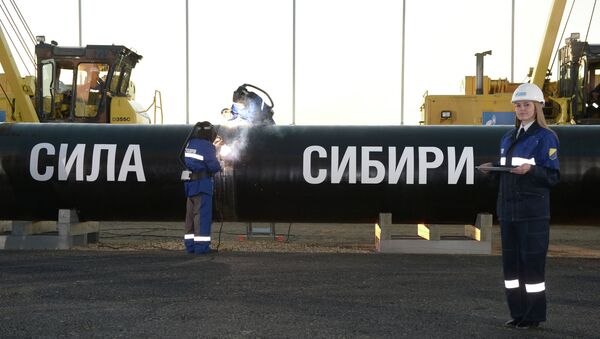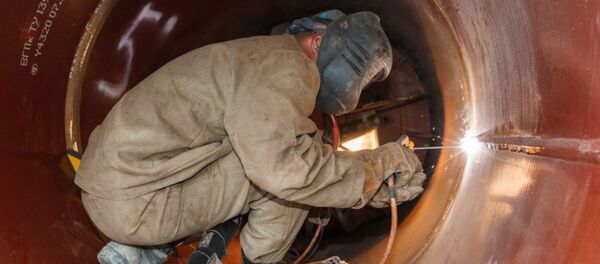MOSCOW (Sputnik) — In 2015, Russia's energy giant Gazprom and the China National Petroleum Corporation (CNPC) signed a supplementary agreement on the construction of a second Western route pipeline in addition to the main Power of Siberia project which is expected to come on stream in late 2019.
The Power of Siberia-2 has a planned annual capacity of 30 billion cubic meters, with possible second and third legs bringing its annual capacity up to 100 billion cubic meters.
"If the so-called Western route for the gas supply through the Altai to China enters an active phase of implementation, we will on our part do everything possible to prevent its development," Knizhnikov said.
On July 14, the UN Educational, Scientific and Cultural Organization's (UNESCO) World Heritage Committee said that the Golden Mountains of Altai, which include the Altai and Katun Natural Reserves, Lake Teletskoye, Belukha Mountain, and the Ukok Plateau would be put on the List of World Heritage in Danger if a decision on the extension of the pipeline in the Altai region is reached.
"There are at least two options which could work very well — [to build the pipeline] via the Black Sea or through Kazakhstan, which would solve the problems of our gas export and delivery," Knizhnikov said.
The UNESCO World Heritage Committee gave Russia a deadline of February 1, 2017 to file a new report on the state of the site and the pipeline project.




